Make Your Small Living Room Look Expensive on Any Budget
If you're living in a small apartment, your living room doesn't have to feel like a compromise. Actually, smaller spaces can pack more personality and coziness into every square foot than their sprawling counterparts—you just need to be strategic about it. The secret isn't cramming as much as possible into your space, but rather making smart choices that help each element work harder and look better.
Difficulty: Novice
Time: Weekend project (varies by task)
Cost: $50-$500 (depending on scope)
Why You'll Like This
Small living rooms offer a unique opportunity to create intimate, sophisticated spaces that feel both cozy and intentional. When you master a few key principles—smart furniture choices, strategic color and lighting, creative storage solutions, and thoughtful styling—even the tiniest apartment living room can become the crown jewel of your home. The key is working with your space's natural proportions rather than fighting against them, turning size constraints into opportunities for creative, functional design solutions.
Smart furniture choices that work double duty
The foundation of any great small living room starts with furniture that earns its place. You want pieces that look good and solve problems at the same time. Storage ottomans provide both seating and hidden organization, making them perfect space-saving solutions—toss your throw blankets inside and suddenly you've got a coffee table, footrest, and storage chest all in one.
Pro tip: Here's something that might surprise you—when choosing seating, opt for furniture with slim profiles and tapered legs to create an airy, sophisticated appearance. Those skinny legs let light flow underneath, creating the visual illusion of more floor space. It's like having furniture that floats just a little bit.
Why it works: Tapered legs create what designers call "negative space" underneath furniture. Your eye naturally reads this open area as additional square footage, making the room feel larger than it actually is.
For dual-purpose spaces (and let's be honest, most small apartments need rooms to multitask), consider floating desks for areas where you need both relaxation and work functionality. The thin surface takes up minimal visual space while giving you that essential workspace. Mount it at exactly 29 inches (74 cm) from the floor for optimal ergonomics.
Here's a counterintuitive piece of advice that works: instead of cramming multiple small pieces into your space, choose one appropriately-sized statement piece. The largest sofa that fits your room can actually make the space feel bigger than several tiny furniture pieces would. Think of it like wearing one great coat instead of layering five cheap sweaters—the result is cleaner and more sophisticated.
Color and lighting tricks that expand your space
Color psychology isn't just design theory—it's your secret weapon for making small spaces feel intentionally cozy rather than accidentally cramped. Start with neutral bases like whites, creams, or soft grays on walls and major furniture pieces to create an open foundation. These neutrals form the backbone of expensive-looking spaces and give you flexibility to play with accent colors elsewhere.
But don't think neutral means boring—don't shy away from bold paint colors on trim or accent walls to add personality and visual interest. A deep navy bookshelf against white walls or emerald green window trim can make your space feel custom and deliberate without overwhelming the room.
Now, let's talk about lighting—this is where small rooms can really shine (literally). Install dimmable lighting to create warmth and highlight key design features throughout your room. Here's the professional secret: layered lighting at different heights is what makes rooms look expensive. Think table lamps at 24-27 inches (61-69 cm), floor lamps at 58-64 inches (147-163 cm), and maybe a statement pendant at 7-8 feet (2.1-2.4 m)—each serving different purposes and creating depth.
Wall-mounted sconces save valuable floor space while providing essential ambient lighting, and they make your room feel more finished than just having one overhead fixture. Install them 60-66 inches (152-168 cm) from the floor for optimal light distribution.
Storage solutions that don't sacrifice style
Effective storage in small spaces requires getting creative about vertical real estate. Floating shelves provide essential storage without the visual weight of traditional cabinets, especially when painted the same color as the wall behind them. This technique creates the illusion of built-in storage that screams luxury and custom design—for a fraction of the cost of actual built-ins.
Here's the professional trick: install two or three inexpensive floating shelves close together on a wall and paint them and the wall behind them the same color to make them blend into the wall. Space them 12-15 inches (30-38 cm) apart vertically, and suddenly you've got storage that looks intentional and expensive.
Don't overlook weird spaces either. Take advantage of often-overlooked areas by hanging shelves above windows, which provides handy storage without making the space feel crowded. This area is usually just dead space anyway, so why not put it to work storing books, decorative objects, or seasonal items?
Wall-mounted consoles and floating storage keep floors clear, which enhances the feeling of spaciousness. The more floor you can see, the bigger your room feels—it's that simple.
Safety note: When mounting shelves and storage, always use appropriate wall anchors rated for the weight you're hanging. For drywall, use toggle bolts for items over 15 pounds (6.8 kg). Locate wall studs when possible for maximum security, especially for heavier items.
Design details that create visual interest
The difference between a small room that feels cramped and one that feels intentionally cozy often comes down to thoughtful styling details. Mixing textures is one of the easiest ways to make a small living room feel high-end. Layer different materials—think faux fur throws, woven baskets, smooth ceramics, and rough wood. Each texture catches light differently and adds visual depth without taking up extra space.
Why it works: Different textures create what designers call "visual weight variation." Your eye processes each texture as a separate element, creating the impression of richness and complexity without physical bulk.
Mirrors are absolute game-changers for small spaces. Large mirrors can totally change how a small living room feels, reflecting light and making rooms feel larger and brighter. Position a large mirror (at least 36 inches/91 cm wide) opposite or adjacent to your main light source to maximize the light-bouncing effect.
Here's a styling tip that interior designers swear by: design pros group objects in odd numbers, especially three, to create visual appeal. Whether you're styling a console table or arranging throw pillows, groups of three just look more natural and intentional to the human eye.
The key to all of this is curation. Since you don't have as much space to fill, you'll want to make sure every piece of decor you add works with the limited layout and captures your aesthetic. Every item needs to earn its place through beauty, function, or both.
Renter-friendly updates that make a big impact
Even if you're renting and can't make permanent changes, you can still transform your small living room with removable solutions. Peel-and-stick wallpaper can add texture, pattern, or dramatic color to small areas while remaining completely renter-friendly. This budget-friendly decorating tool works particularly well as an accent wall where you want maximum impact with minimal commitment.
Simple hardware swaps can transform your space affordably. Replace old drawer pulls, cabinet handles, and light switch plates with modern finishes to instantly update the look. Swap out builder-grade brass for matte black, brushed gold, or sleek chrome—it's amazing how much of a difference new hardware can make for under $50.
Here's a renter hack that makes a huge visual difference: floor-length curtains hung at ceiling height make rooms look taller and more sophisticated, and they're completely removable when you move. Even if your windows are standard 8-foot (2.4 m) height, hanging curtains from the ceiling creates the illusion of grander proportions. Choose panels that just kiss the floor for the most polished look.
Tip: When installing curtain rods in rentals, use ceiling-mount brackets with removable adhesive strips rated for the weight, or tension rods that don't require holes.
Making your small space work for real life
The most beautiful small living room means nothing if it doesn't function for your daily routine. Start with the foundation of good organization—decluttering and creating designated zones can instantly deliver an upscale appearance. Keep surfaces clean and clutter-free, and use hidden storage solutions whenever possible.
Here's the brutal truth about clutter: it can make even the fanciest stuff look cheap. A quick daily pickup routine helps maintain that sharp, intentional look that makes small spaces feel sophisticated. Spend just 10 minutes each evening putting items back in their designated homes—this simple habit maintains the polished appearance you've worked to create.
Create a realistic maintenance system with designated spots for everything: a decorative bowl for keys, a small basket for remotes, hooks behind doors for bags. When everything has a specific home, keeping your space tidy becomes automatic rather than overwhelming.
Remember, every piece in your small space needs to justify its existence. Focus on quality over quantity, and don't be afraid to invest in fewer, better pieces that will age gracefully and serve multiple functions. Your small living room should feel like the crown jewel of your home, not a consolation prize for limited square footage.
Variations & Upgrades
Budget-Conscious Route: Start with free changes like decluttering and rearranging, then add inexpensive peel-and-stick wallpaper and new throw pillows.
Moderate Investment: Add floating shelves, upgrade lighting with dimmable options, and invest in one quality multi-functional furniture piece.
Luxury Upgrade: Install built-in storage, upgrade to designer lighting fixtures, and invest in custom window treatments.
Small living rooms offer unique opportunities to create intimate, stylish spaces that feel both cozy and sophisticated. By focusing on smart furniture choices, strategic color and lighting decisions, creative storage solutions, and thoughtful styling details, you can transform even the tiniest apartment living room into a space that feels intentional, beautiful, and perfectly suited to your lifestyle. The constraint of limited square footage becomes an opportunity for creativity, forcing you to make deliberate choices that result in a more curated, expensive-looking space than many larger rooms achieve.





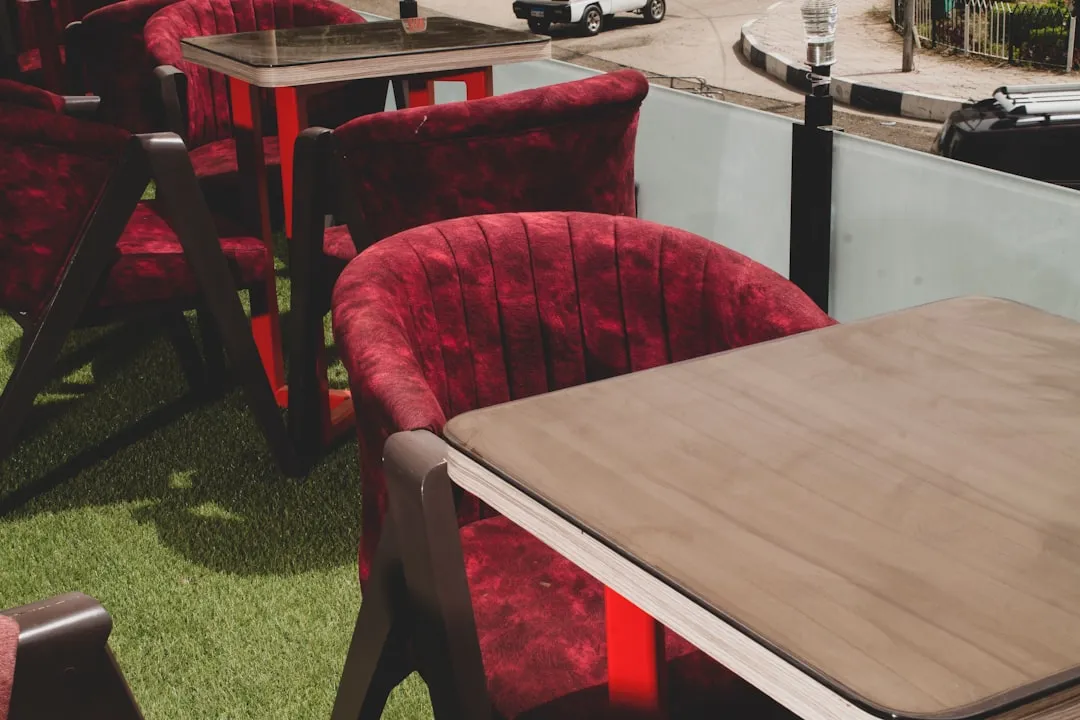
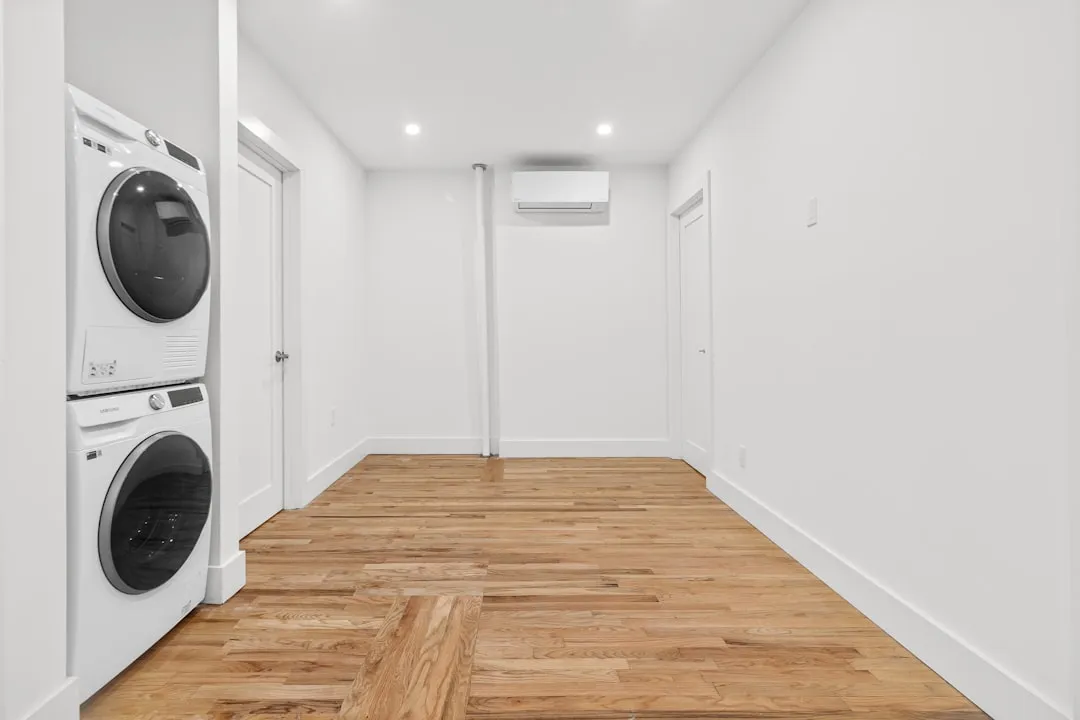
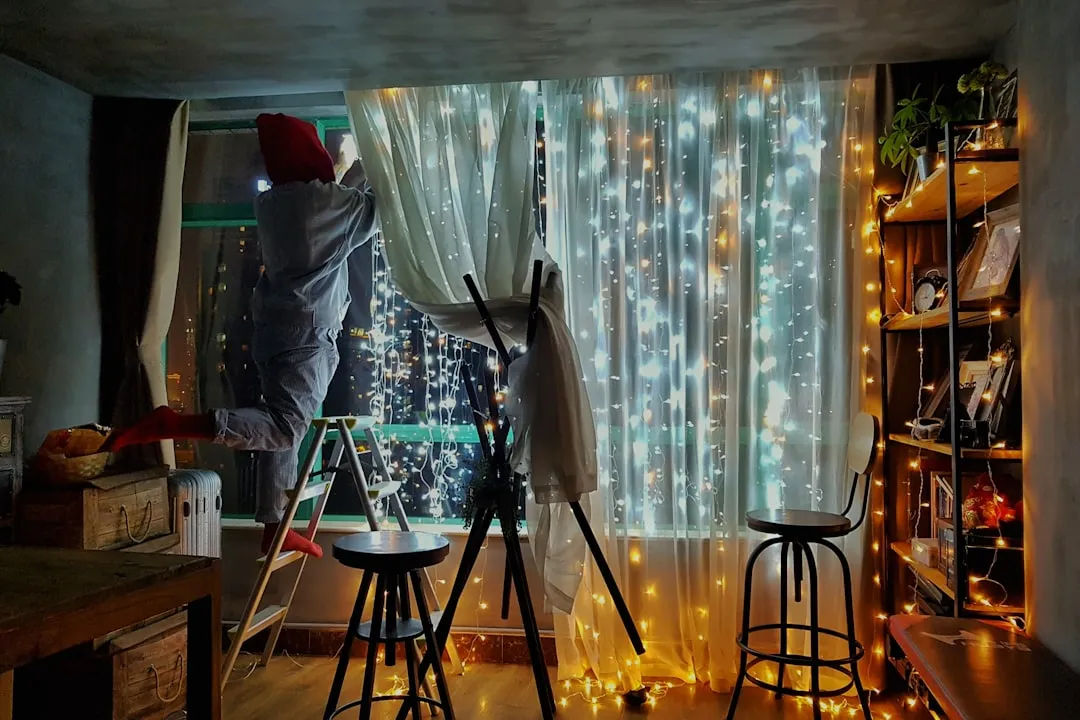
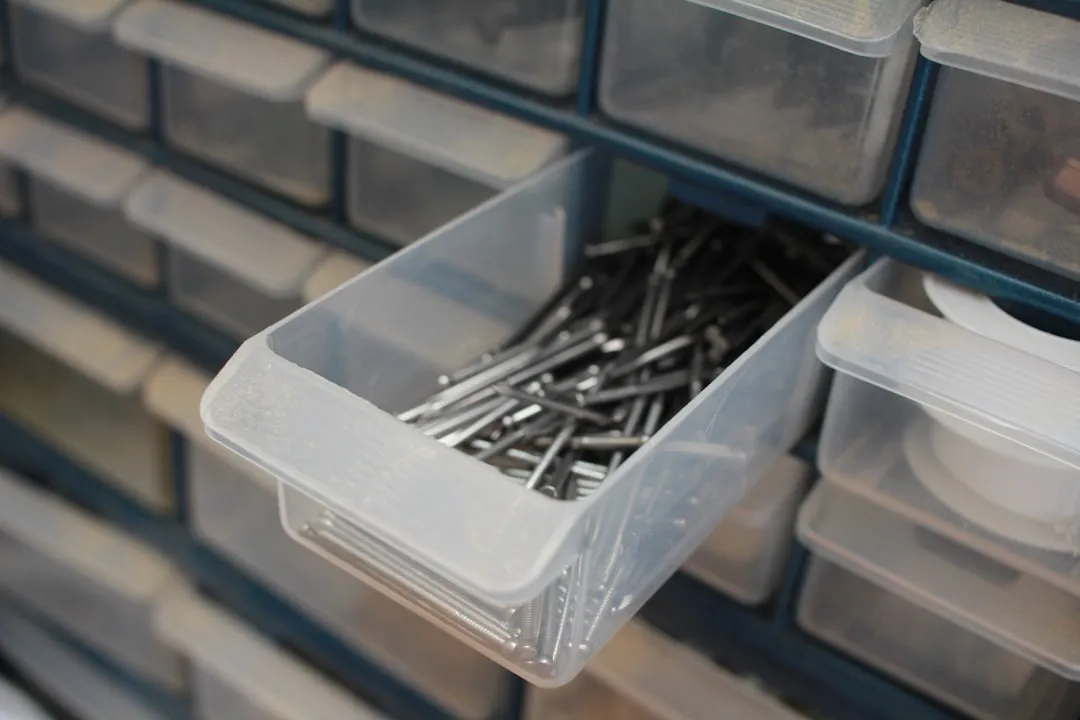
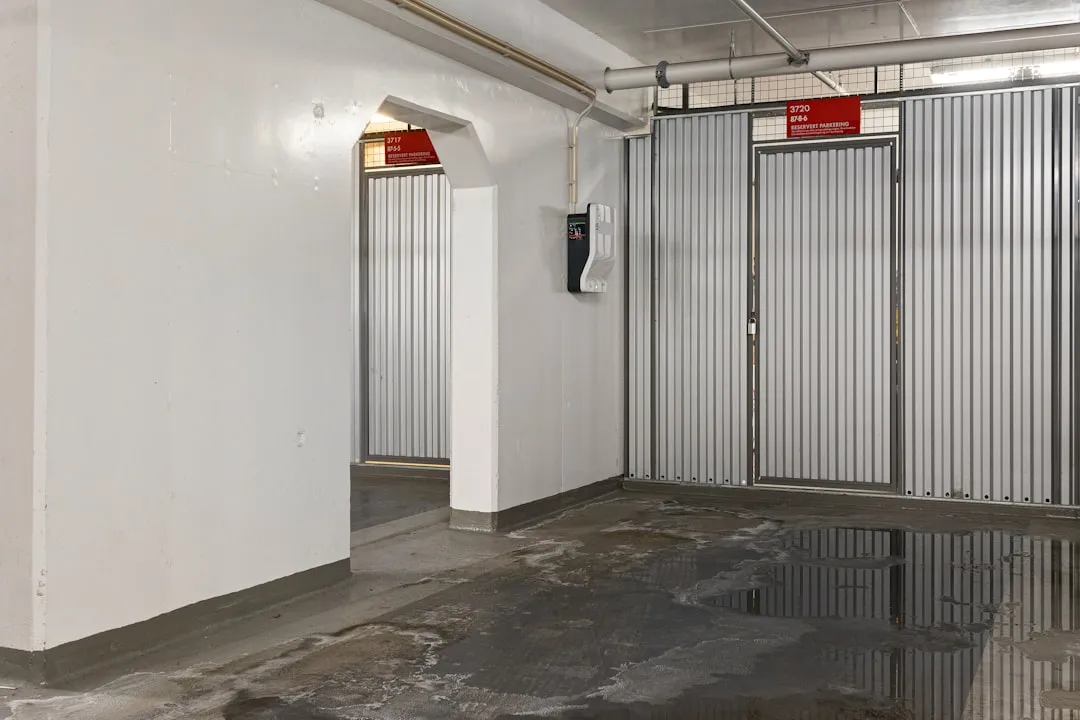


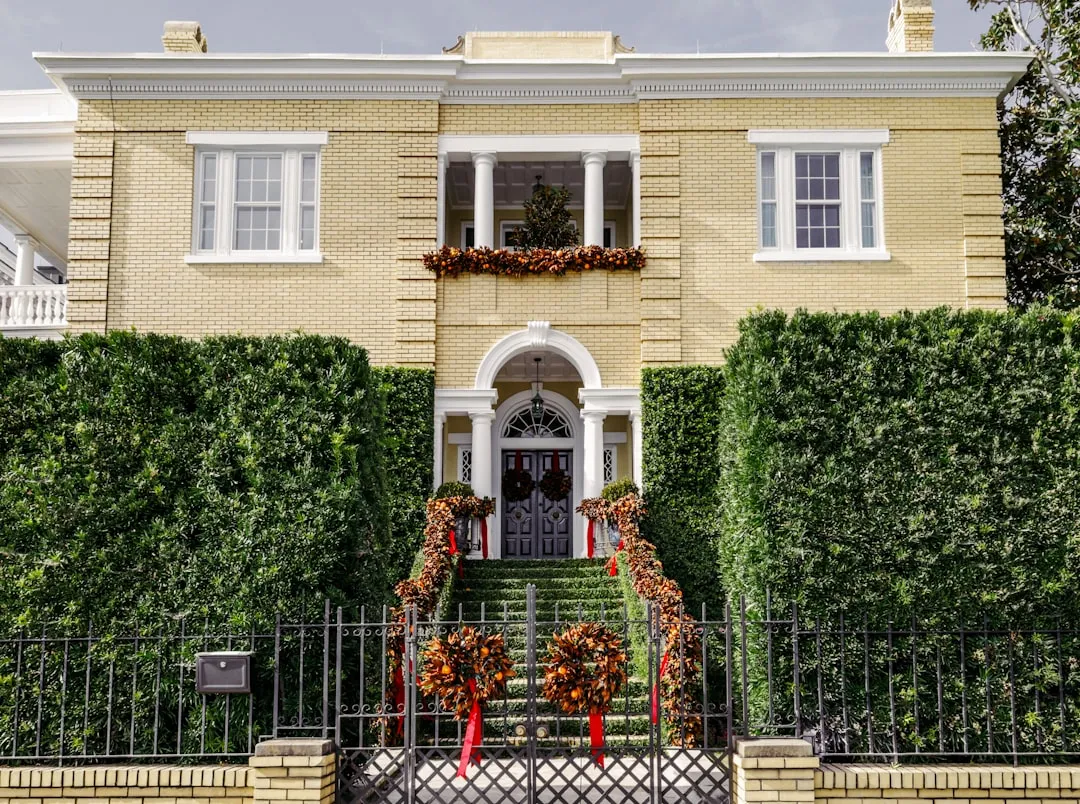
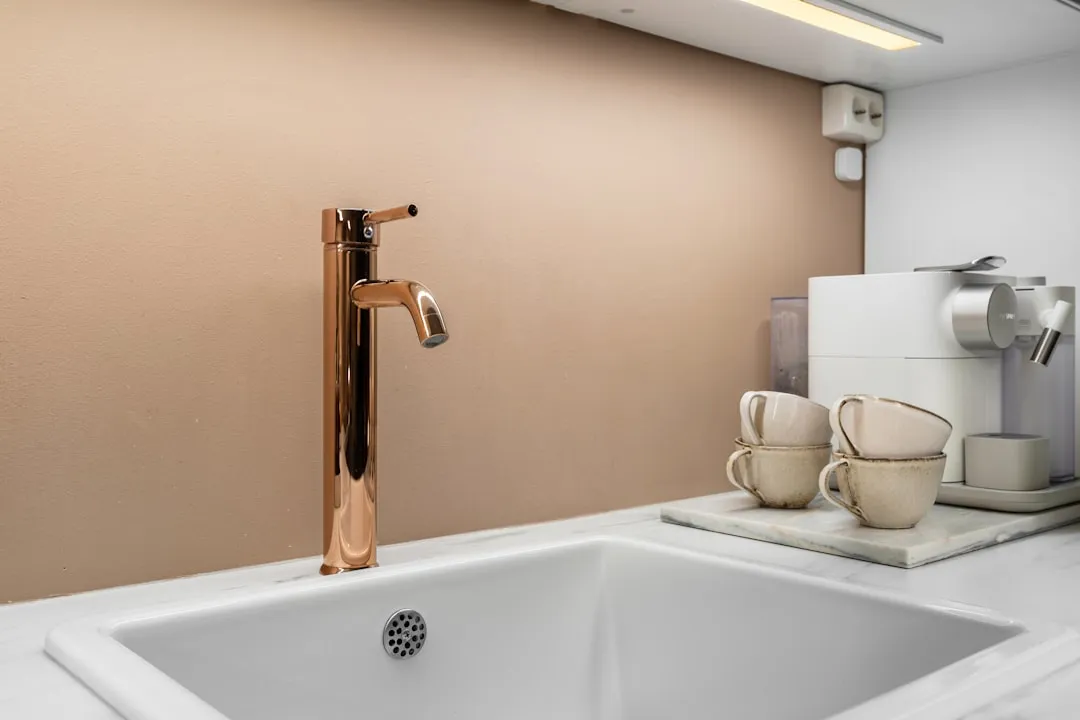
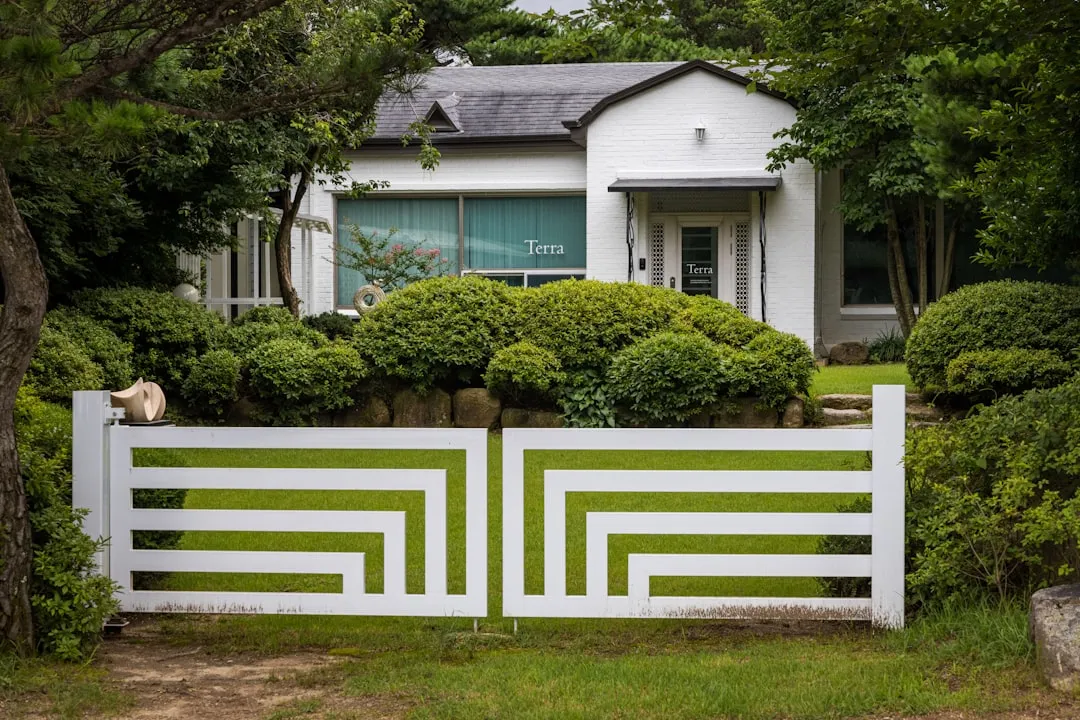
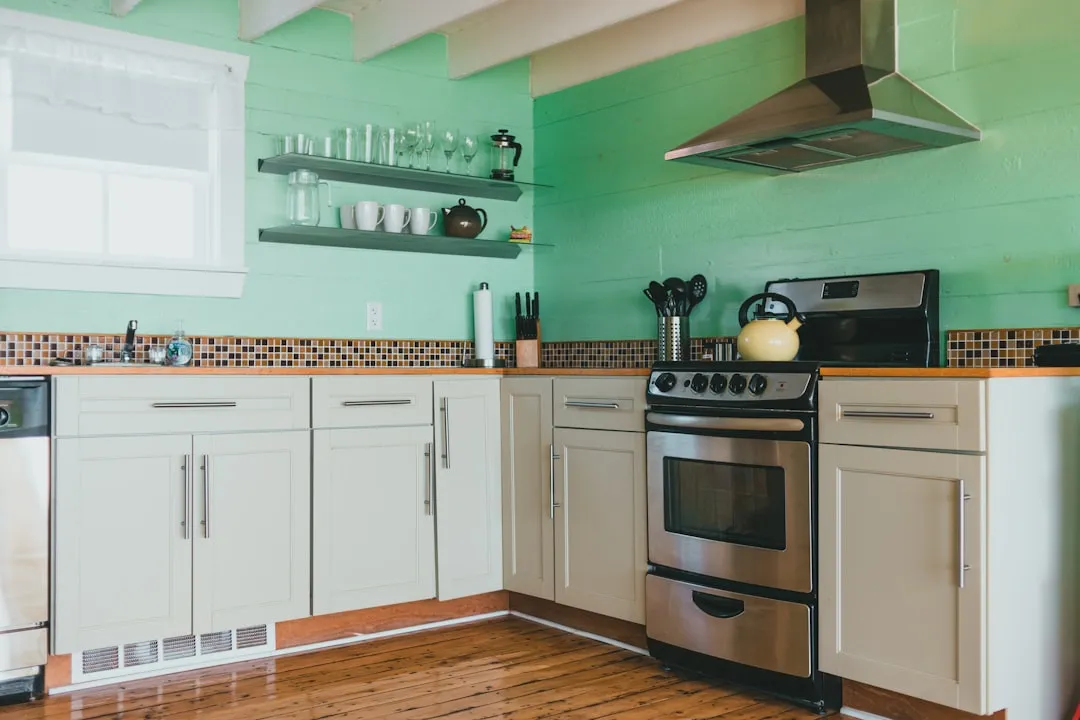


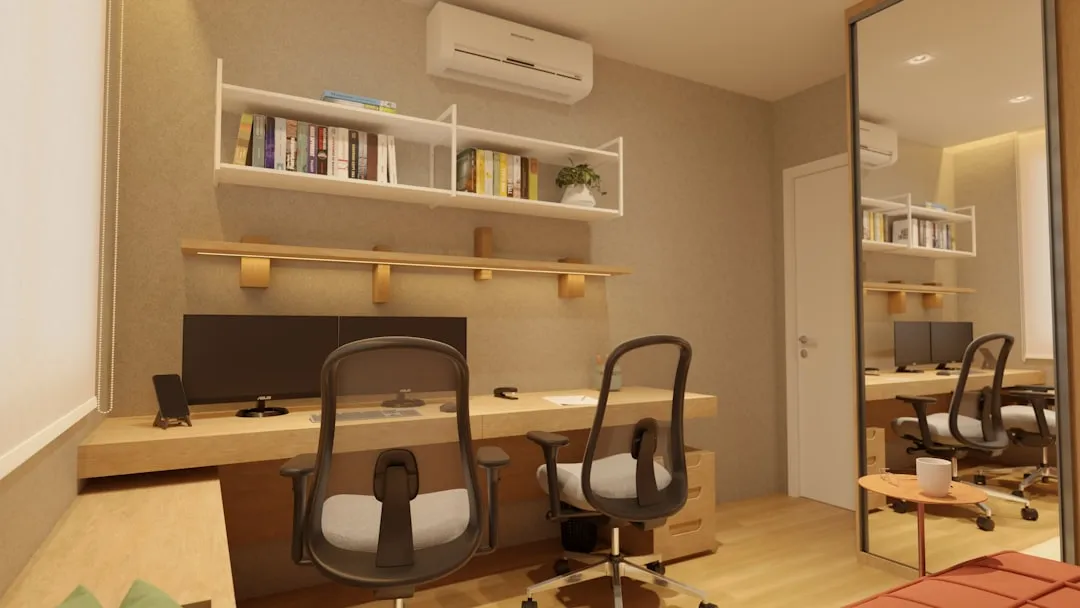
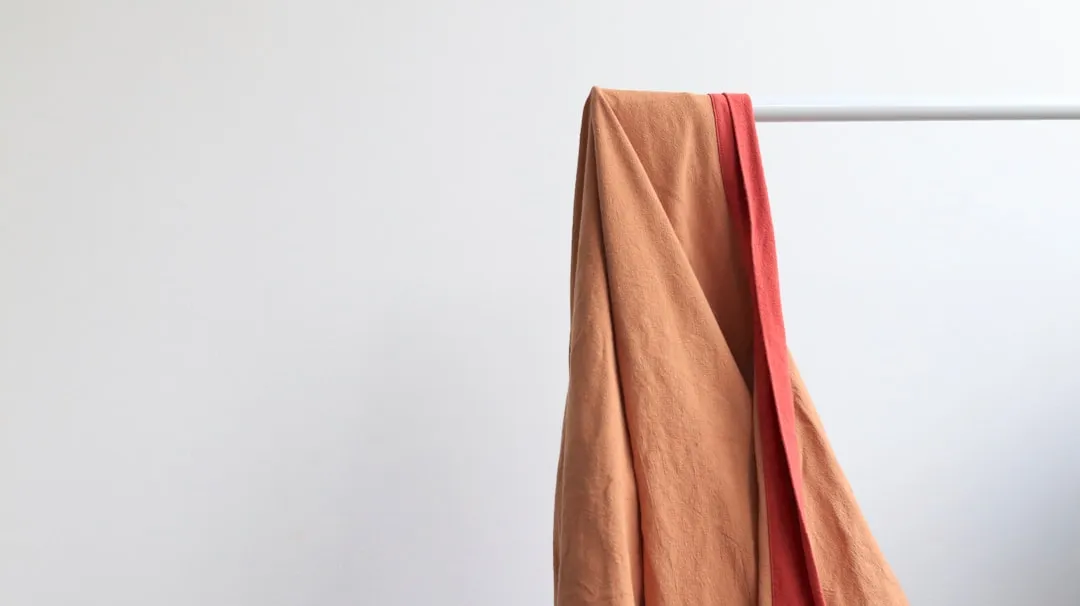
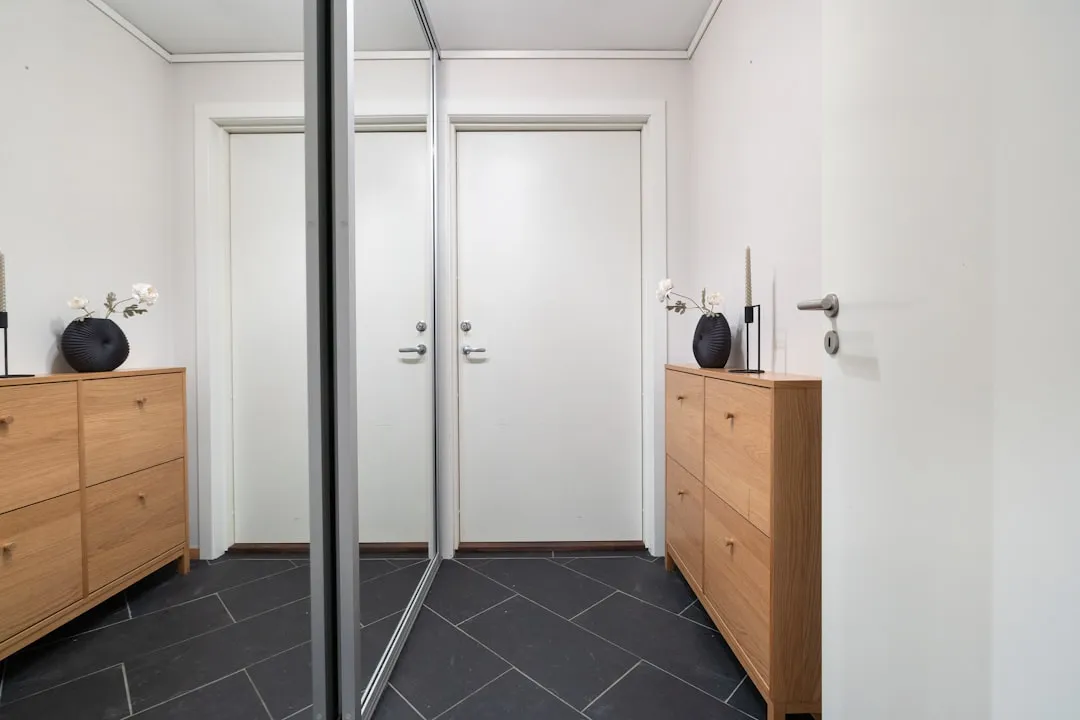

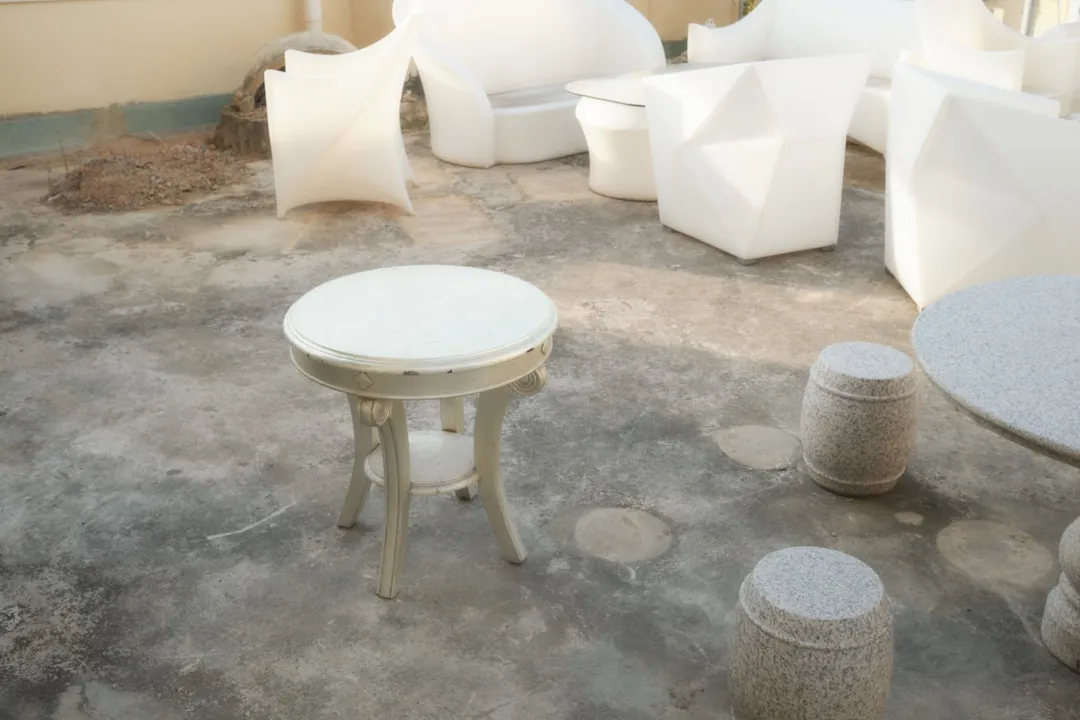
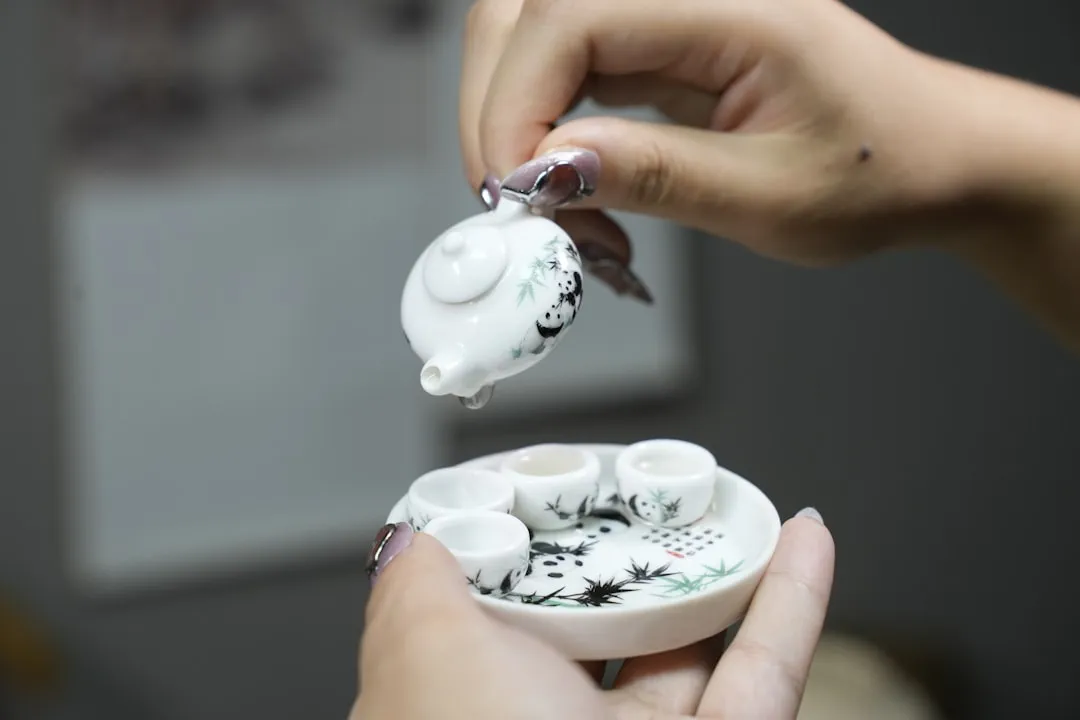
Comments
Be the first, drop a comment!